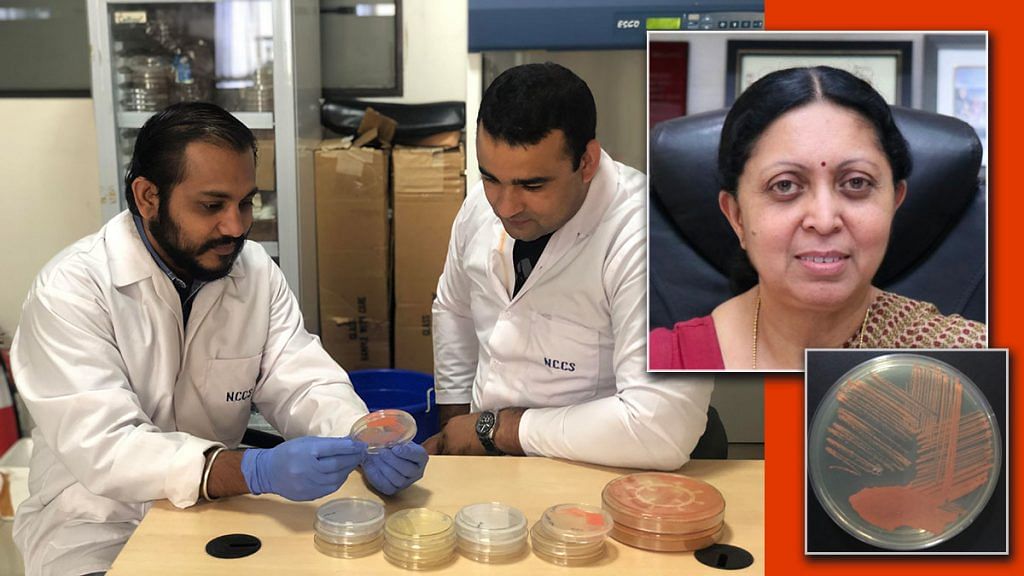New Delhi: Scientists have named a newly discovered single-cell organism that can survive in extreme environments after Dr Renu Swarup, secretary in the central government’s Department of Biotechnology.
The organism belongs to a class of microorganisms called halophilic archaeon, and it was isolated from Sambhar Lake in Rajasthan, where it is known to form reddish-pink colonies.
It was discovered by a team of researchers from the National Centre for Cell Science in Pune and NIIT University in Neemrana, Rajasthan, who published their findings this week in the International Journal of Systematic and Evolutionary Microbiology.
The organism has been named Natrialba Swarupiae after Swarup, who was appointed secretary in the Department of Biotechnology (DBT) in 2018 after working there for nearly 29 years.
A PhD in genetics and plant breeding, she completed her post-doctorate at The John Innes Centre, UK, on a Commonwealth Scholarship. She returned to India in 1989 and joined the DBT as a science manager.
The researchers said the decision to name the organism after Swarup was meant to acknowledge “her support in microbial diversity studies in India and also for the efforts taken to resolve the NBA (National Biodiversity Authority) issues related to deposition of microorganisms in repositories outside India”.
“She took major initiative in establishment of India’s largest microbial repository named as National Centre for Microbial Resource (NCMR, formerly Microbial Culture Collection or MCC) with more than 2,00,000 culture holdings,” Avinash Sharma, one of the researchers, told ThePrint in an email interview.
“The NCMR is providing quality services since 2012 to industry and academia for research purpose,” added Sharma, a researcher at the National Centre For Cell Science.
A strong trooper
India’s largest inland salt lake, Sambhar is an economically and ecologically important site because of the visits of flamingos and other migratory birds.
It is known to produce approximately 0.2 million tonnes of salt per annum.
Archaea are one of the most primitive forms of life, known to function in harsh environments like hot springs, glaciers or polar regions, coal mines, high-salt ecosystems, and even high UV exposure.
“Various studies on archaea… provide glimpse of life beyond Earth because of their capabilities to grow in harsh conditions. Currently, if you look at the understanding of archaea, especially their role, they are poorly studied because they are very difficult to culture and very few researchers are working in the area of cultivation of archaea across the globe,” Sharma said.
Genomic sequencing of the isolated species revealed that it belonged to a group that can survive extreme environmental niches, especially waters saturated with salt.
The researchers found that these organisms grow at temperatures between 35 and 50 degrees celsius, and can survive in water with up to 35 per cent of salt content.
“The organism has unique DNA pathways that allow it to survive in extremely saline conditions,” Sharma added.
Also read: Snakes could be the source of China’s deadly coronavirus
